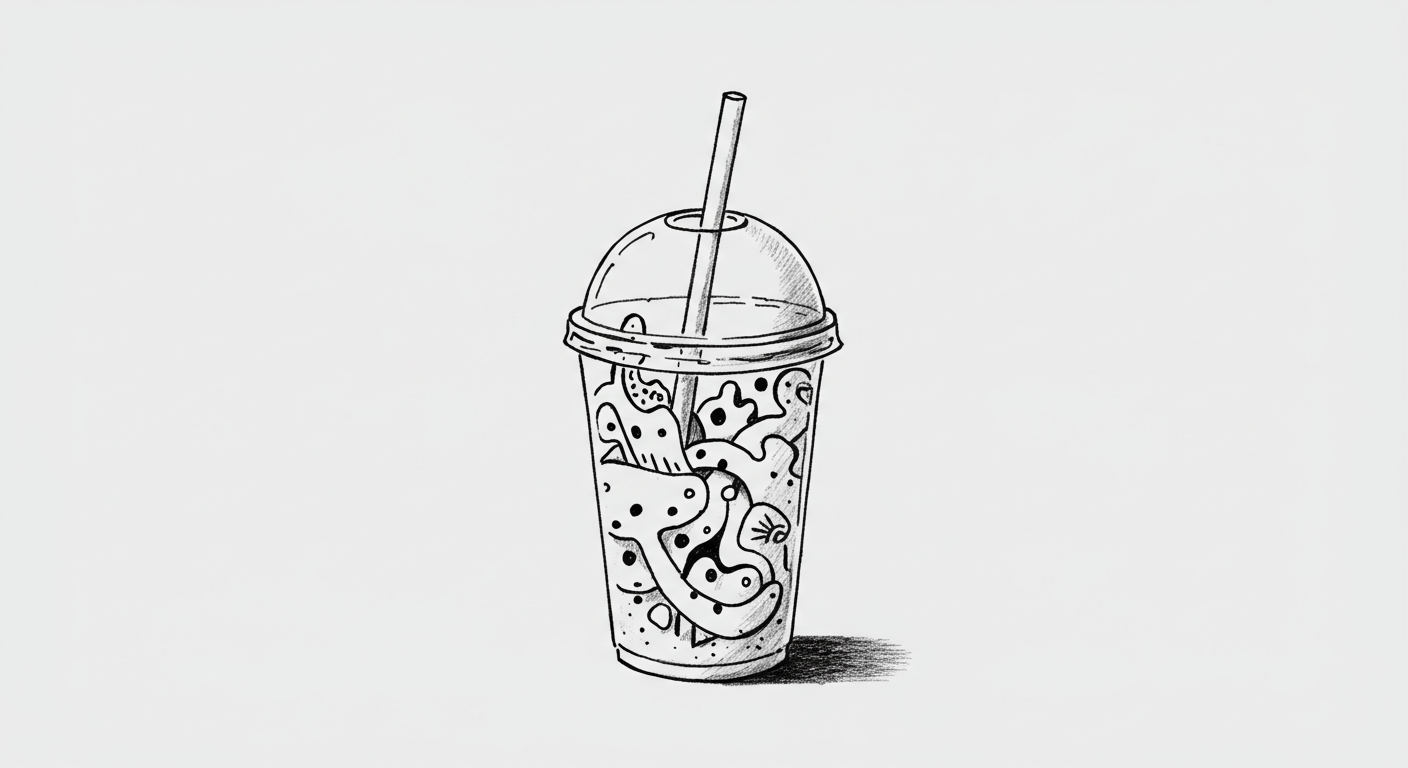After seeing enough design proposals crash and burn, you learn one thing: most clients don’t want a diagnosis, they want a quick fix — and it shows.
When some new clients approach our UI/UX design services, they often treat them like a tidy takeaway menu: “We’ll grab a couple of wireframes, throw in a quick prototype, maybe sprinkle in a usability test.” It might feel efficient and controlled — but this mindset is deeply flawed.
UX isn’t a collection of à la carte items you casually select. It’s a diagnosis-first practice, grounded in investigation and honesty.
You don’t walk into a doctor’s office asking for an MRI and three specific pills because you Googled your symptoms. You describe your pain, they investigate, and then they decide on the treatment. It’s the same with real UX design services.
The danger of shopping-list thinking
I once worked with a fast-growing SaaS company as a part-time Creative Director that insisted on a fixed “gold package” as a part of design bundle other company pitched them — shiny dashboards, re-skinned interfaces, and a few quick usability tests.
After launch, churn stayed exactly the same, and users still didn’t understand the core value proposition. They had spent months (and a small fortune TBH) on screens that looked beautiful but solved nothing. That’s the real danger.
So, when you approach UX as a list of deliverables, you skip the actual hard thinking: the discovery, the root-cause analysis, the messy user truths. You might get beautiful screens, shiny prototypes, and clickable demos — but you won’t get solutions that actually move metrics or change user behaviour.
Clients often ask for design “packages” — pre-set bundles that promise X screens, Y user tests, and Z iterations for a fixed price. It feels safe and measurable inside a Service Proposal or an RFP. But in reality, these packages force teams to prioritise output over insight. You end up designing what was promised, not necessarily what the product truly needs.
For example, a client might demand a new dashboard design as part of their package, when the actual issue is poor onboarding that leaves users confused long before they even reach that dashboard.
Or they might insist on a full UI redesign to “modernise,” when the real churn driver is a hidden, clunky workflow no amount of fresh visuals can fix.
Prescribing solutions before understanding problems leads to endless revisions, mismatched expectations, and half-baked launches that don’t deliver business results.
Design packages might make procurement easier, but they make great design almost impossible. They create a dangerous illusion of certainty, locking teams into predefined outputs rather than keeping focus on outcomes.
Instead of encouraging deep collaboration and critical questioning, they reward box-ticking and surface-level fixes — the exact opposite of what effective UI/UX design services should deliver.
What proper UI/UX design services actually do
Real UX work is about investigation first. Good design partners ask difficult questions:
Why are users dropping off here?
Why don’t they trust your onboarding?
What’s actually stopping them from adopting this feature?
The deliverables (wireframes, flows, prototypes) come after these questions are answered — not before.
A strong discovery phase clarifies not just what to design, but whether you’re solving the right problem at all. It’s the part no one wants to pay for upfront, but it’s the piece that prevents burning thousands later on design theatre.
Why you’re not really buying “screens”
When you hire UI/UX design services, you’re buying thinking — analysis, insight, and strategic decision-making. The screens, prototypes, and pretty visuals? Those are just by-products of good thinking. Focusing only on the final screens is like judging a book solely by its cover design.
The best partners won’t promise you a buffet of deliverables on day one. They’ll promise clarity, alignment, and measurable outcomes — and they’ll push back when you try to skip straight to mockups.
Meanwhile, countless agencies out there dangle cheap, fixed “all-in” packages, promising endless design work for peanuts. They advertise impossibly low prices and guarantee they’ll “handle it all” without hassle. These are factory-style providers churning out quick, templated work with no real depth. But what they’re really selling is shallow, generic output — the design equivalent of instant noodles: quick, cheap, and forgettable. Truly effective design partners aren’t afraid to say no, challenge your assumptions, and protect you from costly mistakes later on.
A healthier approach
Next time you consider UI/UX design services, think like a patient, not a shopper. Describe your symptoms honestly:
“Our churn is killing us,”
“Users don’t finish onboarding,”
“Our feature adoption flatlined.”
Then trust your design partner to diagnose and recommend — not just serve you a pre-set combo.
Yes, it feels scarier. It requires trust. But it’s the only approach that leads to meaningful, lasting results rather than a pretty presentation deck no one uses.
Wrap-up: Stop ordering, start diagnosing
If you treat design services like a takeaway menu, you’ll get exactly that: something fast, surface-level, and forgettable. If you approach them like a serious consultation, you’ll get strategy, depth, and solutions that actually work.
Good design isn’t about ticking boxes — it’s about fixing real business problems with clarity and empathy.
Next time, skip the shopping list. Choose the diagnosis.
